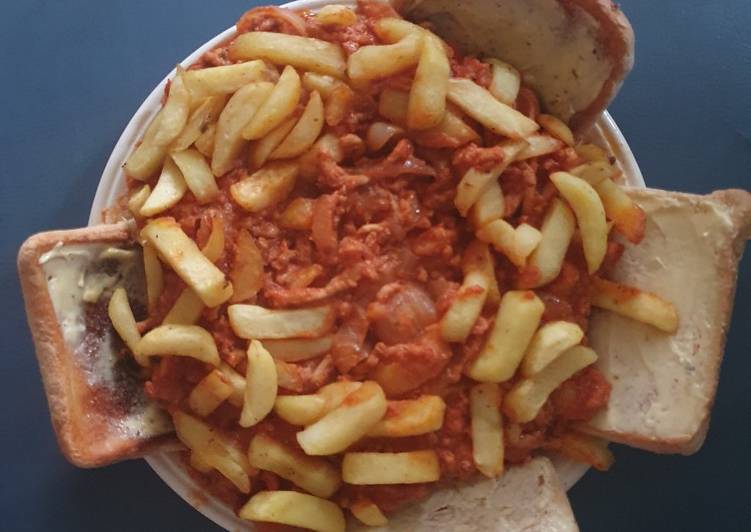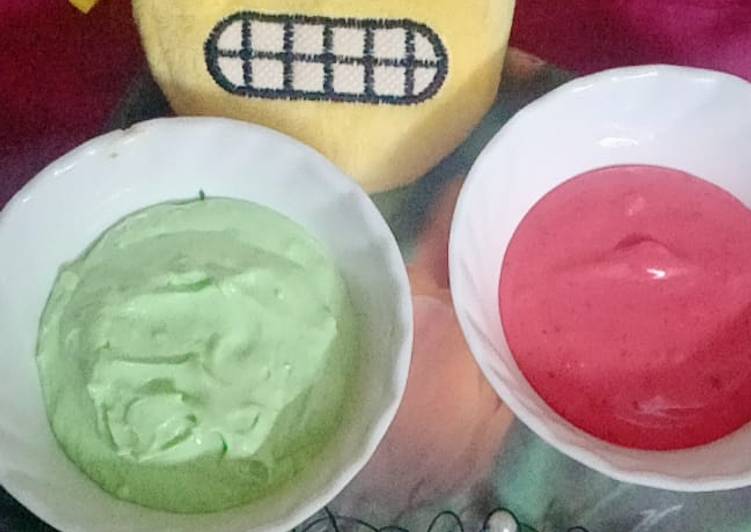
Hey everyone, I hope you’re having an incredible day today. Today, we’re going to prepare a distinctive dish, puliyotharai (tamarind rice). It is one of my favorites food recipes. For mine, I am going to make it a little bit tasty. This will be really delicious.
Heat a pan and reduce the flame to a low. Roast till the urad dal and chana dal become light golden or golden. The entire mixture will become aromatic. Mix till thick and leaves oil.
Puliyotharai (Tamarind Rice) is one of the most favored of recent trending foods in the world. It is simple, it’s quick, it tastes delicious. It is appreciated by millions every day. Puliyotharai (Tamarind Rice) is something which I’ve loved my whole life. They are fine and they look fantastic.
To begin with this recipe, we must first prepare a few ingredients. You can have puliyotharai (tamarind rice) using 21 ingredients and 4 steps. Here is how you cook that.
The ingredients needed to make Puliyotharai (Tamarind Rice):
- Make ready 250 gm Cooked rice
- Make ready For powder
- Prepare 2 tbsp Pepper
- Prepare 2 tbsp Sesame seeds
- Prepare 2 tbsp Mustard seed
- Get 1/2 tbsp Fenugreek seeds
- Take For tamarind pulpe
- Prepare 100 gm Tamarind
- Prepare 250 ml Water
- Make ready For Kuzhambu
- Take 100 ml Gingelly oil
- Get 1 tsp Mustard seed
- Make ready 4 Red chillies
- Get 1 tbs Bengal gram
- Prepare 1 handful Groundnut
- Take 1/2 tsp Turmeric powder
- Take 2 tsp Red chilli powder
- Make ready 200 ml Water
- Prepare 50 gm Gaggery
- Make ready 1/2 tsp Hing
- Prepare to taste Salt
temple style puliyodharai rice or tamarind rice with step by step photo and video recipe. perhaps it is one of the easiest and simplest south indian rice recipe. the puliyodharai podi or puliyodharai mix can be prepared well ahead and can be stored in a air tight container. basically puliyodharai can be prepared by simply mixing the spice mix with tamarind and cooked rice. Temple Style Tamarind Rice is one of the mouth-watering Prasad served in most of the Vishnu Temples or Hanman Temples around the world. Most of us make Tamarind rice in our homes but the temple Prasad has a unique taste that leaves us with an awe every time we get Prasad from temples. Kovil Puliyodharai or Tamarind Rice is made at home for several functions, festivals or religious occasions.
Steps to make Puliyotharai (Tamarind Rice):
- First take a pan add water is boiled add tamarind soack in 20 minutes and take tamarind pulp and filter and kept a side.
- Take a pan pepper, sesame seeds and mustard seed Dr roast separately till splutter. Then add fenugreek seeds dry roast till light golden in colour then switch off the gas.
- Take a kadai add gingelly oil is heated add mustard seeds and turn the gas in flame. Add red chillies, Bengal gram and groundnut till golden in colour. Add Curry leaves and tamarind pulpe and turn the flame in high. Once it boiled add Turmeric powder, red chilli powder, water, jaggery and salt. Add hing and powder 3 tspn cook 5 minutes.
- Take a pan add cooked rice and add tamarind Kuzhambu as you need and mix well. Puliyotharai ready to serve.
Most of us make Tamarind rice in our homes but the temple Prasad has a unique taste that leaves us with an awe every time we get Prasad from temples. Kovil Puliyodharai or Tamarind Rice is made at home for several functions, festivals or religious occasions. Some Other Popular Temple Prasadams that you can easily make at home are Lemon Rice , Curd Rice , Pal Payasam , Coconut Rice and Ellu Sadam. . Puliyogare recipe or Puliyodharai is a very SIMPLE & TANGY rice recipe. "Puli" is a tamil word which stands for Tamarind. The reason this recipe is called as Puliyogare or Puliyodharai is because it has a dominant flavour of tamarind and has a tangy/sour taste.
So that is going to wrap this up for this special food puliyotharai (tamarind rice) recipe. Thanks so much for your time. I’m sure that you will make this at home. There is gonna be interesting food in home recipes coming up. Remember to bookmark this page in your browser, and share it to your loved ones, friends and colleague. Thank you for reading. Go on get cooking!

